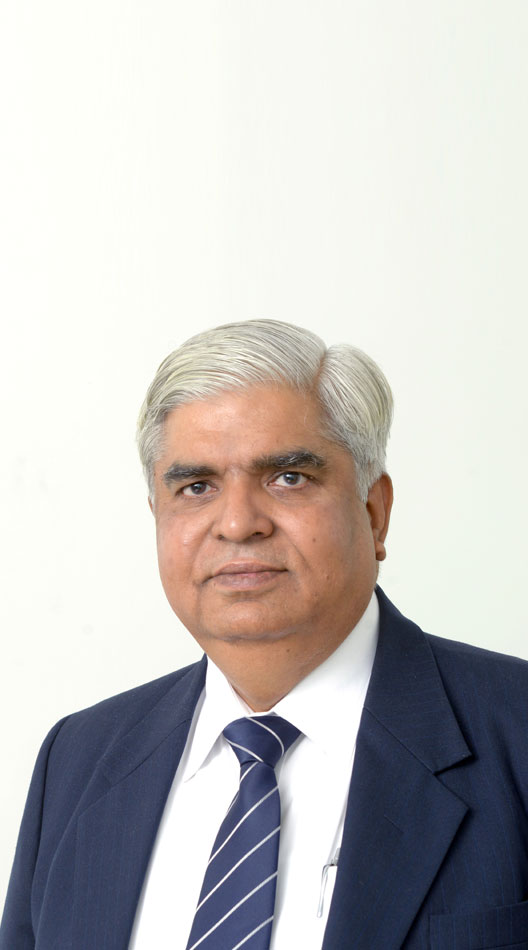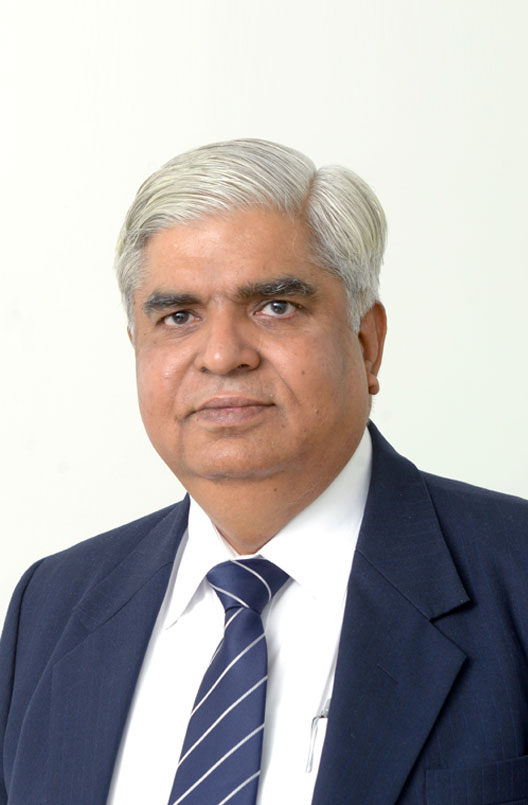

Spotlight
Partnering for a 'power'ful India
The Grid speaks to Pitamber Shivnani, MD, GE Grid Solutions, to learn about GE's successful partnership with Sterlite Power and the future roadmap for the sector
Please take us through the journey of GE’s partnership with Sterlite Power.
It has been an amazing journey. Our partnership with Sterlite began in 2011 with the Bhopal-Dhule Transmission Project and we recently worked together on Gurgaon-Palwal Transmission Project. As an OEM (original equipment manufacturer) partner, we have supported several of Sterlite's power transmission projects in the country. We did innovative work on the NRSS-29 (Northern Region Strengthening Scheme) project in Jammu & Kashmir and were proud when the Honourable Prime Minister of India dedicated it to the nation. It was one of the most challenging learning experiences for GE owing to the difficult geography of the place. A testament to the success of this project was the global recognition that Sterlite Power received when it was awarded 'S&P Energy Platts' and 'IPMA Global Excellence Awards.'
What was your experience with NRSS-29?
Before we began this project in 2013, people in J&K faced extreme power outages during winters. This project was unique in many ways simply because of its sheer size and scale. We had to build a 400kV GIS (Gas Insulation System) substation at Baramulla. Hostile weather and an uneven terrain added to the challenge. We worked in tandem with Sterlite Power to deploy innovative logistical solutions and built a substation at an altitude of 4,500 metres in the Himalayan valley. Specially designed hydraulic vehicles ferried equipment through the hairpin bends across the region's winding roads. All of this was built within a work window of three to four months during summers.
Projects of this magnitude require a period of 6 to 7 years for completion. We managed to commission NRSS-29 within 4 years, which was ahead of its schedule. Our mutual belief in innovation and social impact made this project successful.
Could you elaborate on interesting innovations implemented by GE at GPTL (Gurgaon-Palwal Transmission Project)?
GPTL is a major project which will boost the power transmission capacity of Gurugram and make it a sustainable and DG set free city. GE has built three 400kV GIS substations as a part of the project. These substations are engineering marvels being the first vertical substations to be built in India. The ground floor of the substation building houses the 400kV GIS equipment, the first occupies the 220kV GIS, and the top floor sports an open switchyard. Sterlite Power was the brain behind the land-economising architecture.
How do you see the power landscape in India shaping up?
India is on par to become a 5 trillion economy and the power sector will play a crucial role in this. The successful journey will be based on two important parameters of equal innovation and speed. Our partnership with Sterlite Power gave us access to a good mix of both and can contribute in reaching the economic goal. The next decade will witness GE's capabilities complimenting Sterlite's resolute enterprise to unlock India's full potential by ensuring a 'power'ful society.